Shaft & Grip Reviews
Review: Aldila Tour Blue and Tour Green shafts
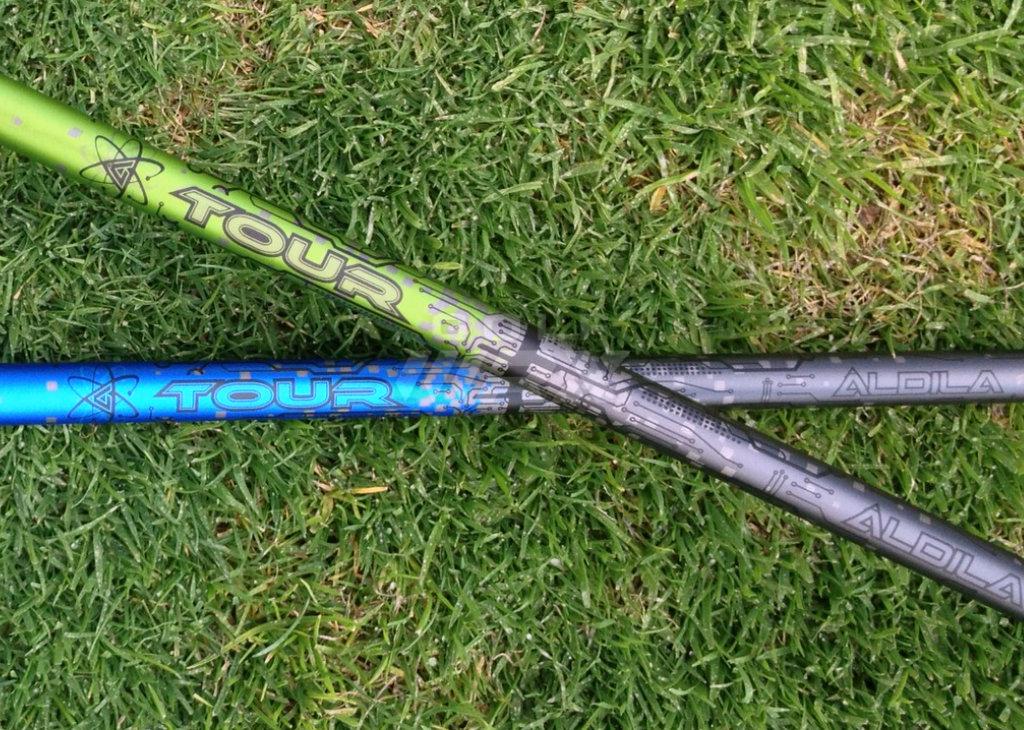
Pros: Cool graphics and a smooth feel that’s consistent in both models.
Cons: High price ($349).
Bottom Line: Need to hit it lower? Try the Tour Green. Need to hit it higher? Try the Tour Blue.
Overview
The Aldila Tour Green and Tour Blue are direct descendants of the company’s hugely popular “NV” shafts, which have been a staple on the professional tours for almost a decade. But shaft technology has come a long way in 10 years, and so have the materials and processes that were used to create the Tour Green and Tour Blue shafts.
The graphite fibers used to make the shafts are between three one-thousandths and five one-thousandths of an inch thick, which creates more consistent wall thicknesses throughout the shaft, and also reduces the amount of glue needed to hold the fibers together. That allows the shafts to be made stiffer, lighter and lower in torque than previous models.
Like the NV shafts, the new models use Aldila’s Micro Laminate Technology (MLT), which means that extremely thin, strong layers of graphite were stacked on top of each other to create the shafts. That gives them a smooth feel, and according to John Oldenburg, vice president of engineering for Aldila, the most consistentcy of any shafts his company has ever produced.
The Tour Green and Tour Blue shafts are also designed with a balance point that is slightly closer to the handle than the original NV shaft, which helps balance out the weight of today’s heavier driver heads and gives golfers the opportunity to play the longer-length shafts (between 45 and 46 inches) that have become common in the golf industry without increasing swing weight to intolerable levels.
Both shafts carry an MSRP of $349. Check out the specs and review below.
Tour Green
Tour Blue
Performance
The Tour Green has a stiffer tip section than the Tour Blue, making it launch lower and spin significantly less (about 500-to-700 rpm less on average for me). For that reason, it makes sense as a driver shaft, or as a fairway wood shaft for golfers who struggle to control spin with their fairway woods. It was also a major improvement of Aldila’s RIP Alpha shafts (one of my favorites), launching about 1-to-2 degrees higher with the same amount of spin.
The softer-tip Tour Blue shaft offers a significantly higher launch (about 3-to-4 degrees higher than the Tour Green on average for me) and because of the higher launch and spin, it gave me a steeper angle of decent (33 degrees vs 27 degrees on average ). That makes the Tour Blue a great choice for golfers who need need a higher launch and more spin with their driver. And for those players who love the feel of the Tour Green in the driver, the Tour Blue will be their ideal fairway wood shaft.
Looks and Feel
Both the Tour Green and Tour Blue shafts looks amazing with their color-coded circuitboard graphics that seem to drip down the shaft from beneath the grip. Aldila used the circuit board graphic to demonstrate all of the tech that went into creating these shafts, a nice touch in an area of golf equipment where premium materials and constructions can often go unnoticed. Another great part about having the graphics high on the shaft is that they creates minimal distraction and contrast for golfers who have a driver that may not match the blue and green shafts.
My only complaint is that I’m partial to blue, but I’m a high-launch, high-spin player. So if I could change anything, I would like to be able to swap the graphics so I could have a Tour Green with blue paint. But I’ll live.
Describing the feel of a shaft is the hardest part of a review, because it’s so dependent on a golfer’s preferences and the way that they load the shaft. The only way that I can accurately describe it is to use some other popular shafts for comparison. To me, the Tour Green and Tour Blue shafts have a feel that’s something like if Mitsubishi’s Diamana “White Board” and Aldila’s “RIP Alpha” shaft had a baby. The Tour Blue and Tour Green aren’t as soft-feeling as a White Board, but they’re not as stiff as a RIP Alpha. They’re perfectly in the middle, offering a smooth feel without feeling whippy or like rebar.
The Takeaway
The Aldila Tour Green and Tour Blue might be two of the simplest shafts for golfers and fitters to wrap their heads around. If a golfer needs to hit the ball lower than their current shaft, try the Tour Green. If they need to hit it higher, try to Tour Blue. It’s that simple.
I strongly suggest you the Tour Green and Tour Blue if you’re in the market for a new premium driver or fairway wood shaft. Golf gear heads know that the best shafts are the ones that give them the best numbers and maintain a specific feel. Aldila, maybe more than any other company, seems to have provided that with these.
Blue
[wrx_buy_now oemlink=”http://www.aldila.com/products/tour-blue/” oemtext=”Learn more from Aldila” amazonlink=”http://www.amazon.com/gp/product/B00NNTG9KK/ref=as_li_qf_sp_asin_il_tl?ie=UTF8&camp=1789&creative=9325&creativeASIN=B00NNTG9KK&linkCode=as2&tag=golfwrxcom-20&linkId=XKABW65UETR67373″]
Green
[wrx_buy_now oemlink=”http://www.aldila.com/products/tour-green/” oemtext=”Learn more from Aldila” amazonlink=”http://www.amazon.com/gp/product/B00JUZ5ZCO/ref=as_li_qf_sp_asin_il_tl?ie=UTF8&camp=1789&creative=9325&creativeASIN=B00JUZ5ZCO&linkCode=as2&tag=golfwrxcom-20&linkId=JWXLTLLJXH2QAHBB”]
- LIKE204
- LEGIT19
- WOW11
- LOL7
- IDHT3
- FLOP4
- OB3
- SHANK19
Equipment
Here’s why Jordan Spieth switched into a new Fujikura Ventus TR Blue shaft at Pebble Beach
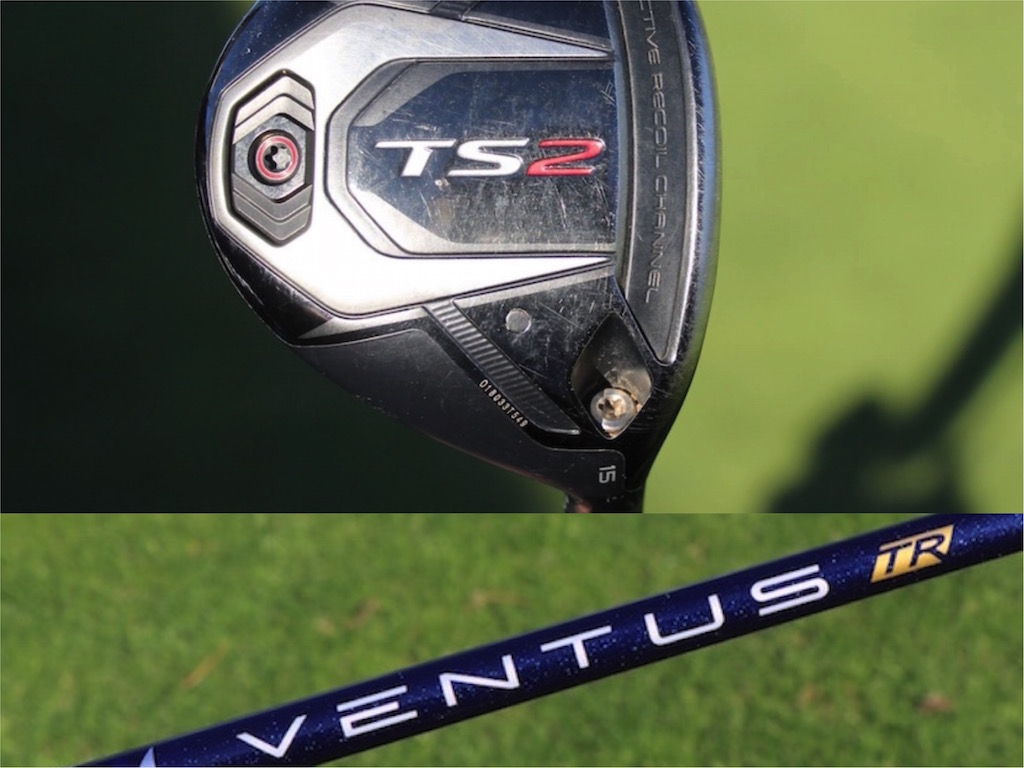
When Fujikura’s new Ventus TR Blue shaft launched in January 2022, we learned all about the updated construction and potential performance benefits compared to the original Ventus Blue. It was unclear at the time, however, exactly who would make the switch into the new TR design on the PGA Tour.
Well, we’re starting to get some answers.
Jordan Spieth, who’s been relatively slow to change into new products throughout his career, is among a handful of names making the change. Spieth conducted recent testing with a Ventus Blue TR 7 X shaft in his Titleist TS2 15-degree fairway wood, and he put it in play this week at the 2022 AT&T Pebble Beach Pro-Am.
Titleist Tour representative J.J. Van Wezenbeeck, who works closely with Spieth on his equipment, said that Spieth came to the Titleist Performance Institute (TPI) on Friday before the 2022 Pebble Beach Pro-Am for a check-up on his equipment. Since Spieth was previously playing Ventus Blue shafts in his Titleist metalwoods, he was intrigued by the new TR version.
As it turned out, Spieth found the new shaft to help with his transition and directional control.

“Coming from Ventus Blue, anytime they update a shaft you’re just intrigued on that, and he liked how [the Ventus TR Blue] loaded compared to the original Ventus Blue for him,” Van Wezenbeeck told GolfWRX on Tuesday. “He felt like when he mishit it, there was a little more control. So that was a good option for him…we did a little bit of internal work on the head to make sure there’s enough spin, because want to make sure his 3 wood doesn’t have too low of spin. He liked how the TR reacted on mishits where the spin didn’t drop, and it had more consistent spin from swing to swing.”
Due to a new Spread Tow fabric in the butt-end section, which is essentially a checkerboard pattern of woven material, the torque on the TR version is 10 percent stiffer in the mid-to-grip end of the shaft. As a result, Fujikura says the TR shaft is designed to improve stability and consistency compared to the original Ventus Blue.
Based on Spieth’s results with the TR shaft during testing, it seems Fujikura’s case holds water.
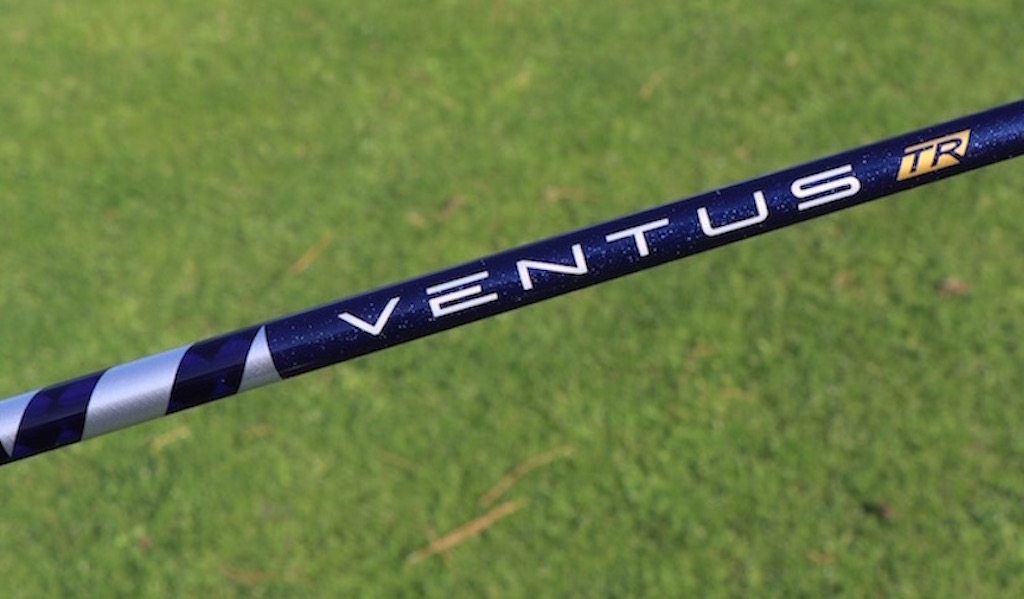
Spieth is using a Ventus Blue TR 7 X version in his fairway wood.
Pat McCoy, Director of Tour Operations at Fujikura, spoke with GolfWRX about the new shaft, and what players are seeing in their testing out on Tour.
“Compared to the original Ventus Blue, the TR has a stiffer mid-section and lower torque,” McCoy said. “Basically what the shaft does is it eliminates some of the dynamic loft. It eliminates some of the rotation. Obviously, the Ventus Blue was a very stable shaft and one of the best launching shafts we’ve ever had. And we just made it better.
“As far as ball speed and launch and spin, I’m not going to say it’s faster, but we have seen players who have achieved faster speeds with it. It provides more consistency and the ability to turn swing speed into ball speed better. And that’s it. It’s a little stiffer than the original Blue, and it’s a little bit weaker than the [Ventus Black]. It’s a ‘tweener. It gives you something in the middle, and depending upon loft and impact location, you get a better fit.”
The fairway wood shaft wasn’t the only potential change that Spieth will make in 2022, though.
In addition to putting the new Titleist Vokey SM9 wedges in the bag, Spieth is also considering adding another option to the top end of his bag.
Typically, Spieth changes between a hybrid and long irons, depending on course conditions. During the recent session at TPI, though, Spieth took a liking to Titleist’s U-505 wide-bodied driving iron. Ahead of the 2022 AT&T Pebble Beach Pro-Am, Spieth took a U-505 2-iron (Graphite Design AD-DI 105X shaft) out onto the course for testing.
“He’s experimenting with a U-505 this week (ahead of the event at Pebble Beach),” Van Wezenbeeck told GolfWRX. “He’s always gone between a hybrid and either a 2 iron, or a hybrid and 3 iron, and we brought out a 505 as kind of a third option on a week where he isn’t sure whether he should play an iron or a hybrid. The 505 being a wide body iron is kind of a blend between the two. And he was really intrigued with how high it launched on a standard shot, and he could flight it more off the tee, where as with a hybrid he can’t do.
“So on weeks he feels like there’s a lot of irons off the tee, he likes to play the iron. On weeks where there are a lot of shots into par 5s, he likes the hybrid. On weeks where there’s a little of both…he felt the 505 might be an option, so he was taking it on the golf course [on Tuesday] to see how it would react.”
While it’s unclear exactly when Spieth will break out the new U-505, it seems like it’ll certainly be in the rotation going forward. The Ventus TR Blue shaft, on the other hand, has already earned a starting spot in the bag this week.
These changes may seem minor to some, but it shows Spieth’s willingness to find small equipment tweaks to improve his game. For amateur golfers, use this as a lesson when gearing up for the new season. Go through your bag, test some of the new shaft and head options, and see where you can make improvements. Now is the perfect time to take inventory and get prepared.
- LIKE65
- LEGIT11
- WOW3
- LOL1
- IDHT0
- FLOP2
- OB0
- SHANK6
Shaft & Grip Reviews
MRC Shaft Shootout: Tensei CK Pro White, Kuro Kage XT and Diamana BF-Series
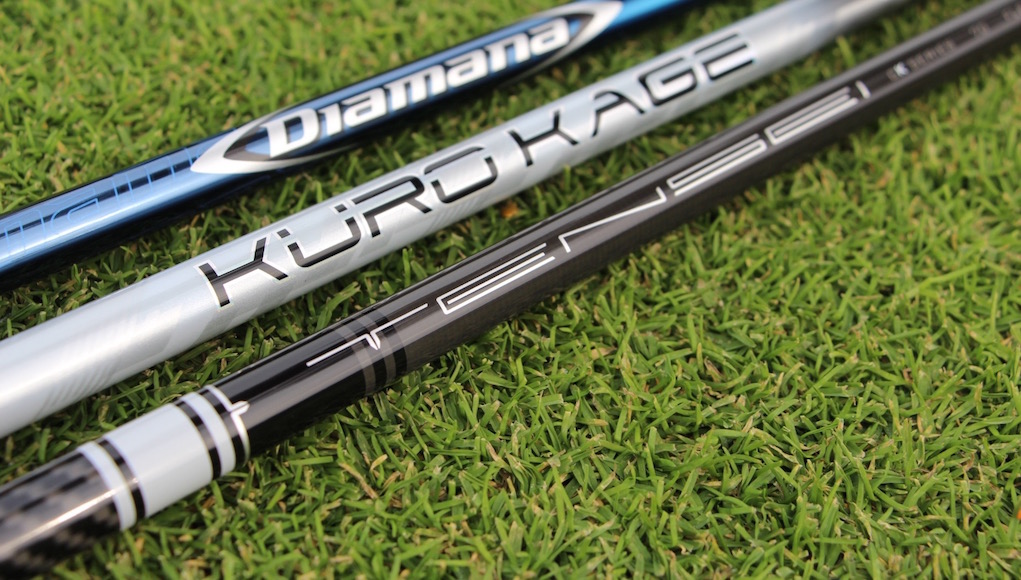
The Tensei CK Pro White is the latest release from Mitsubishi Rayon Composites (MRC), a low-launch, low-spin shaft with a multi-material design that the company says improves the performance and feel of the shaft. Whereas most golf shafts use between 3-6 different materials in their construction, the Tensei CK Pro White is made from 11 different materials, giving MRC engineers greater precision in the shaft’s design.
Like MRC’s Tensei CK Pro Blue shafts, which produce a slightly higher-launching, higher-spinning ball flight, the CK Pro White uses MRC’s Carbon Fiber DuPont Kevlar Weave in the handle section of the shaft. The company says it increases the strength and stability of that part of the shaft, leading to better feedback.
On the other end of the shaft, the tip section, MRC uses a boron-reinforced fiber. All low-launch, low-spin shafts have stiff-tip designs, but the addition of boron puts the Tensei CK Pro White in a class of its own when it comes to lowering launch angle and spin rate. The boron fiber also reduces torque, which can offer better energy transfer, more accuracy and better feedback — especially for skilled, high-swing-speed golfers.
Connecting and reinforcing those areas of the shafts is MRC’s low-resin content (LRC) prepreg. Prepreg is carbon fiber that’s been reinforced or “pre-impregnated” with resin, a glue that holds the material together when it’s formed into sheets and rolled into the form of a shaft. MRC says that its LRC has 15 percent more carbon fiber and 13 percent less resin than traditional prepregs, which allows MRC to make the Tensei CK Pro White stronger without adding extra weight to the shaft. MRC also uses high-modulus, 40-ton prepreg in the Tensei CK Pro White’s design, which like LRC is thinner, stronger and lighter than traditional prepregs.
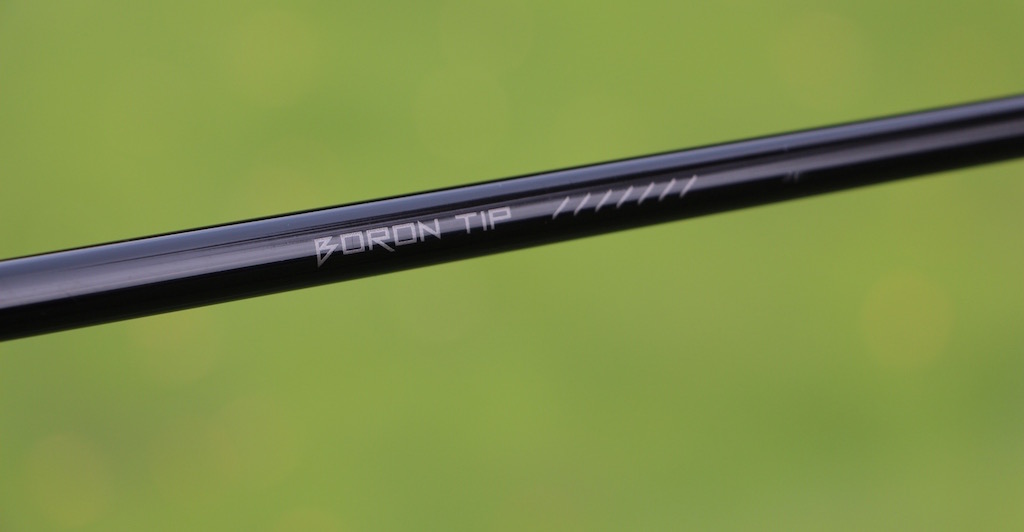
The addition of boron helps MRC make the tip of Tensei CK Pro White shaft stiffer and lower in torque.
In the EI chart below, you can see how the Tensei CK Pro White’s bend profile compares to the CK Pro Blue. The main differences are its slightly stiffer tip and mid sections, as well as its slightly softer butt section. That gives the CK Pro White a higher “kick point” than the CK Pro Blue. Generally, the higher the kick point of a shaft, the lower its launch conditions. That’s why the Tensei CK Pro White is a lower-launching, lower-spinning shaft than the Tensei CK Pro Blue.
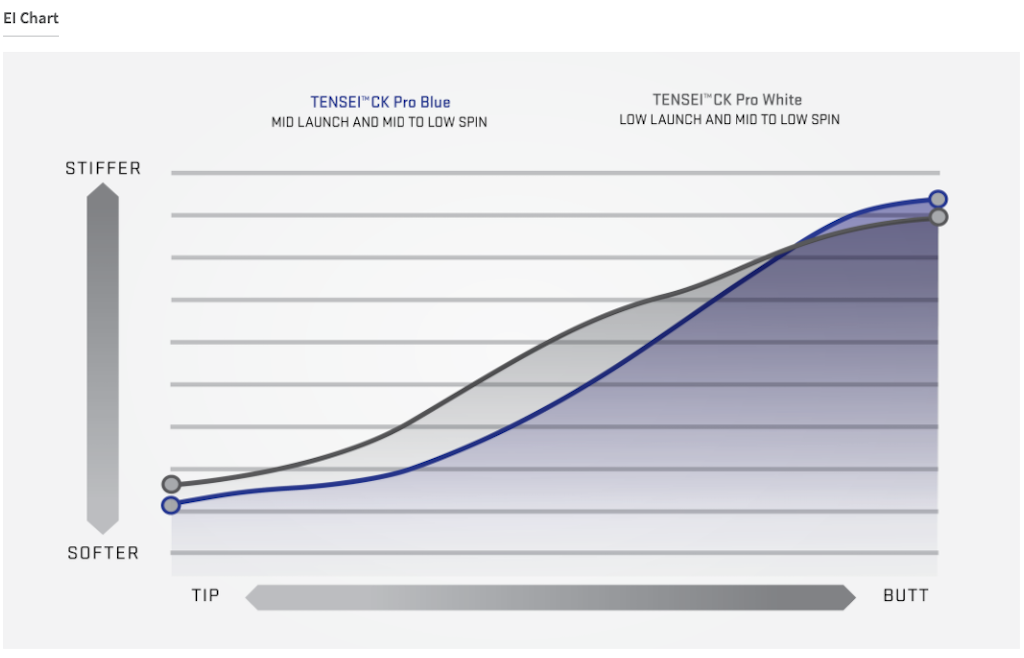 The Shootout
The Shootout
Just how much lower launching and lower spinning is the Tensei CK Pro White than MRC’s latest premium driver shafts? I put it to the test against the company’s Kuro Kage XT and Diamana BF-Series, which like the CK Pro White are PGA Tour-quality shafts that sell for about $400 each. All three shafts tested were built to my spec: 70TX, tipped 1 inch at a finished length of 45.5 inches.
I tested the three shafts on Trackman 4 at the Launch Pad at Carl’s Golfland in Bloomfield Hills, Mich. After warming up, I hit 10 drives with each shaft, and whittled my shots down to the most similar five to help illustrate the differences. Premium balls were used for the test, and results were normalized.
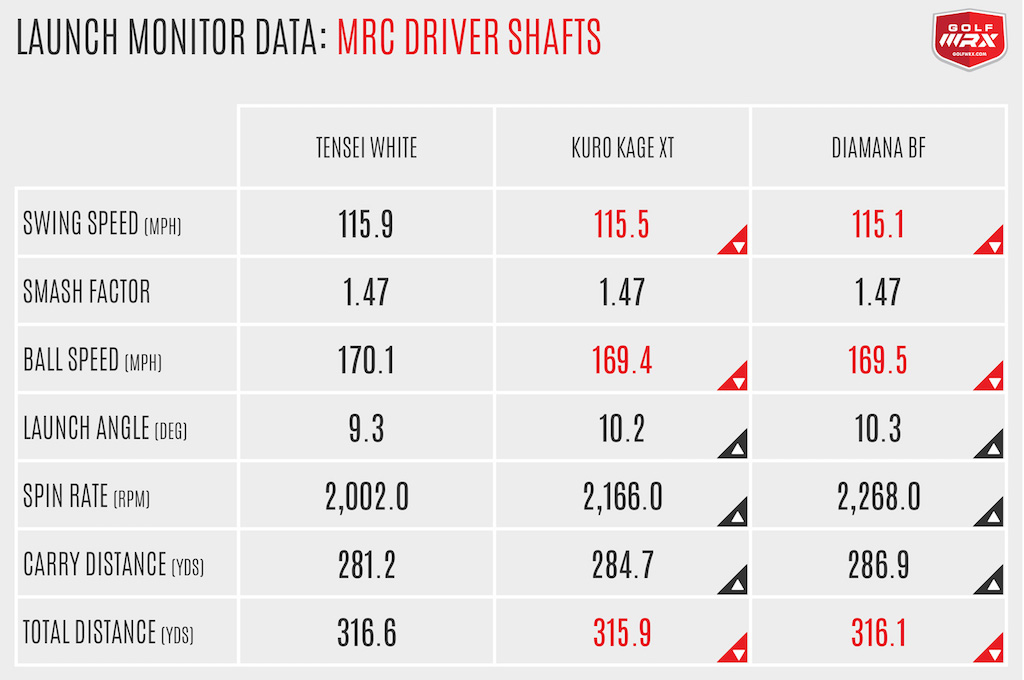 As expected, the Tensei CK Pro White was the lowest-launching, lowest-spinning shaft in the test. That’s impressive in its own right, but what will really excite golfers when they try a Tensei CK Pro White is the shaft’s feel. It’s noticeably smoother than the MRC White Board shafts I’ve played in the past. You could likely duplicate the launch conditions of the Tensei CK Pro White with similar products from other premium shaft makers, but I’m not sure its smoothness can be replicated in the category. It’s something special, and I expect a lot of serious golfers with above average club head speeds will be willing to pay a premium for it.
As expected, the Tensei CK Pro White was the lowest-launching, lowest-spinning shaft in the test. That’s impressive in its own right, but what will really excite golfers when they try a Tensei CK Pro White is the shaft’s feel. It’s noticeably smoother than the MRC White Board shafts I’ve played in the past. You could likely duplicate the launch conditions of the Tensei CK Pro White with similar products from other premium shaft makers, but I’m not sure its smoothness can be replicated in the category. It’s something special, and I expect a lot of serious golfers with above average club head speeds will be willing to pay a premium for it.
MRC’s Kuro Kage XT uses a stouter iteration of the company’s famed “Blue Board” bend profile, and in that regard it’s quite similar to the Diamana BF-Series. That’s what makes the shafts a little higher launching and higher spinning than the Tensei CK Pro White. The Kuro Kage XT has a much different feel than both, however, due to its use of an elastic wire made of Titanium and Nickel that MRC calls “TiNi” wire.
Related: Learn more about the Kuro Kage XT
In the Kuro Kage XT, the TiNi wire is added to the bottom 13 inches of the shaft, where it adds stability, but it also serves another purpose. Its elasticity allows the bottom end of the shaft to better load and unload during the downswing to help improve energy transfer. That’s what gives the Kuro Kage XT its more active feel, at least compared to the boron-infused tip section of the Tensei CK Pro White, which by design offer no elasticity.
The Diamana BF-Series also uses boron in its tip section, and its combined with a new, aerospace-grade fiber called MR-70 to create what MRC says is a first-of-its-kind hybrid prepreg. MR-70, which is manufactured by parent company Mitsubishi Chemical, is 20 percent stronger and has 10 percent more modulus than similar fibers, MRC says. The handle section of the BF-Series is reinforced with MRC’s Pitch Fiber, which functions to boost energy transfer like the CK Pro White’s Carbon Fiber DuPont Kevlar Weave.
Related: Learn more about the Diamana BF-Series shafts
In terms of launch conditions, the best fit for me was the Diamana BF-Series. It launched the ball a little higher than the Tensei CK Pro White, and added a little spin to help keep my drives in the air. It was also easier to swing than the Tensei CK Pro White, helping me more easily hit a draw while offering an even smoother feel due to its less rigid tip and mid sections.
To recap, if you need to lower your launch conditions, the Tensei CK Pro White is one of the most intriguing new MRC options to help you do so. Need a higher ball flight? Try the Diamana BF-Series. And if you want a radically different feel, give the Kuro Kage XT a try.
Have a question? Let me know in the comments section below and I’ll do my best to answer as many as I can.
Weights and Flexes
- Tensei CK Pro White: 60 (R, S, TX), 70 (S, TX), 80 (TX)
- Kuro Kage XT: 50 (R, S, X, TX), 60 (R, S, X, TX), 70 (S, X, TX), 80 (S, X, TX)
- Diamana BF-Series: 50 (R, S, X), 60 (R, S, X, TX), 70 (S, X, TX), 80 (S, X, TX)
Related: GolfWRX Members review the Tensei CK Pro White
- LIKE132
- LEGIT15
- WOW3
- LOL5
- IDHT5
- FLOP3
- OB4
- SHANK8
Reviews
Review: KBS Tour FLT Shafts
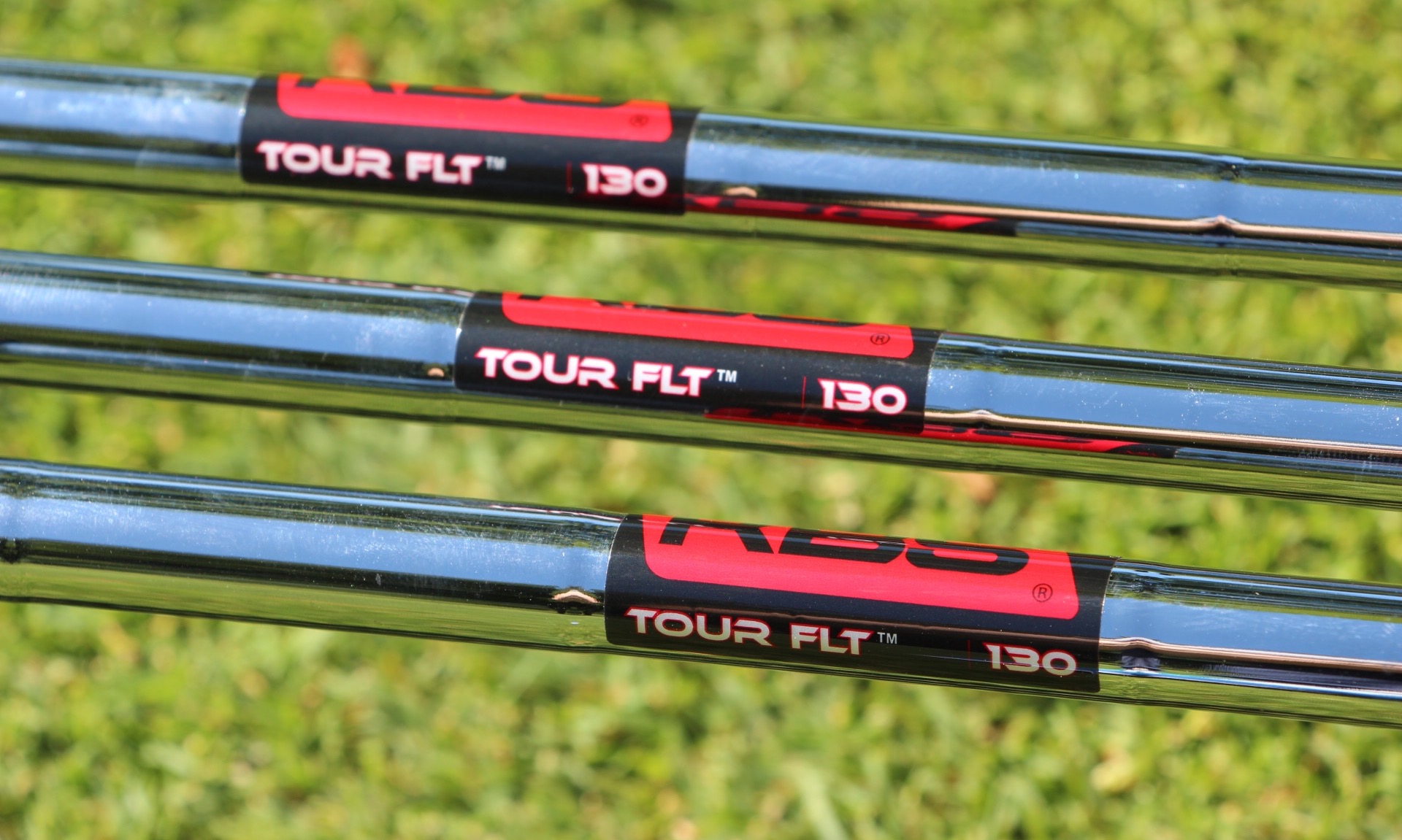
Pros: FLT shafts use a flighted design, which helps golfers launch their long irons higher and with more spin. The FLT short-iron shafts provide a more penetrating trajectory for more control.
Cons: FLT shaft flexes correspond with weight, so golfers may not be able to match their desired shaft weight with their desired flex.
Who They’re For: Golfers who need more spin or more launch from their long irons to optimize their trajectory. Everyone from beginners to PGA Tour players can use the shafts effectively, but they’ll be most popular with golfers with moderate-to-slow swing speeds, or any golfer who generates low-spin launch conditions.
Overview
Selecting the proper iron shafts is one of the most important equipment decisions golfers make. It’s an issue of quantity. Most golfers carry about 7-8 irons in their bag, so if they choose the wrong iron shaft, they’ve made the game harder than it needs to be with half or more of their clubs.
The good news is that there’s a wider selection of quality iron shafts than there has ever been, with recent growth in models that are designed to help golfers hit their iron shots higher and farther, while still maintaining PGA Tour-quality consistency and feel.
KBS is one of the leading steel shaft manufacturers, and already offered a wide variety of models prior to its newest shaft launch. Company representatives felt KBS was lacking a product for a particular segment of golfers, however, so it developed its new FLT shafts.
FLT shafts ($31.95 each) have a flighted design, which helps certain golfers optimize the performance of each iron their bag. The long irons shafts have progressively softer tip sections, which helps golfers increase their launch angle and spin rates with those clubs. For the right golfer, the design will help them hit their iron shots farther, and stop shots on the green more quickly. In the short irons, where height and spin are easier for golfers to generate, the FLT shafts are stiffer, which creates the flatter trajectory most golfers prefer with their scoring clubs. The crossover point between the higher-launching long irons and lower-launching short irons is the 7 iron.
Like all KBS shafts, FLT models have a constant weight, which means that long iron shafts and short iron shafts will be roughly the same weight through the set. Shaft weight is dependent on flex, however, as softer-flex models are lighter than stiffer-flex models. So if you’re looking for a really heavy, regular-flex shaft or a really light, extra-stiff-flex shaft, these aren’t for you.
FLT Specs
Keep in mind that KBS shafts do not have reinforced tip sections like many other iron shafts, which gives them a slightly higher balance point and can decrease swing weight by 1-2 points. I personally like the feel of KBS shafts and their slightly higher balance point, but some golfers won’t.
The Test
For this review, I tested the new FLT shafts head to head against KBS Tour shafts of the same flex and weight (130X) in 4 irons, 6 irons and pitching wedges. Each of the shafts were installed in Callaway’s Apex Pro ’16 irons, and were built to my specifications (standard grips, standard length, 1-degree strong lofts, 1-degree flat lie angles).
I performed my testing at the Launch Pad at Carl’s Golfland in Bloomfield Hills, Mich., where I hit the 4 irons, 6 irons and pitching wedges on Trackman IV with premium golf balls. I hit 3-6 solid shots with each iron, and then removed the outliers from the final data in an attempt to compare only the most similar strikes. Results were normalized.
As you can see from the data, there was a significant difference in the flight of the 4 irons with the two different shafts, but less of a difference with the 6 irons and pitching wedges.
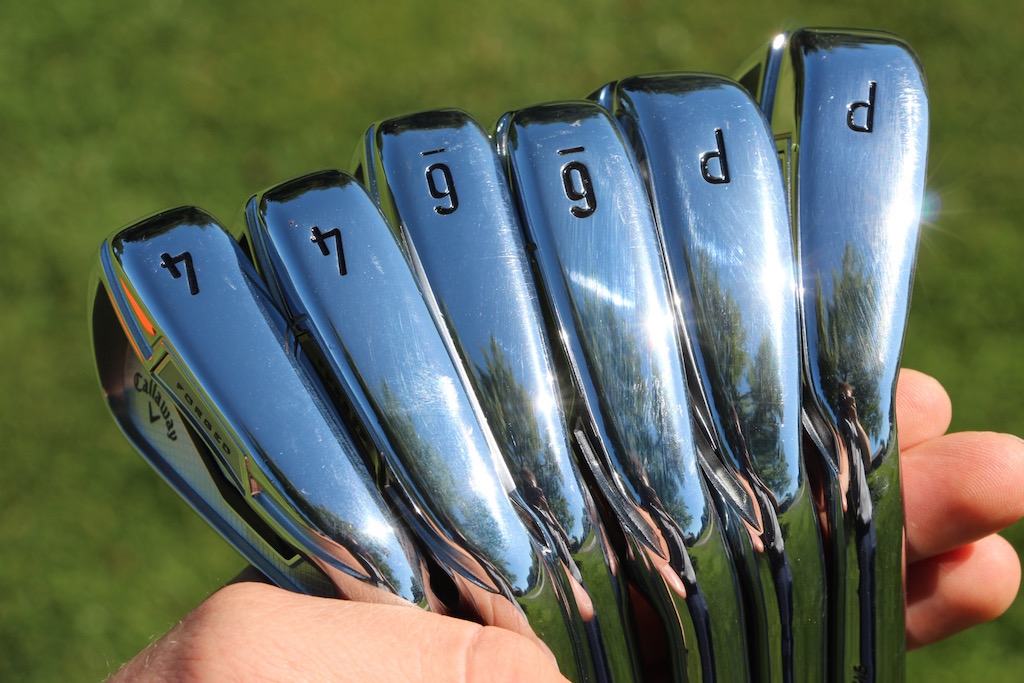
As expected, the FLT shafts caused 4 iron shots to launch higher (0.8 degrees) and with more spin (729 rpm) than the KBS Tour shafts. I’m not a low-spin player, which is one of the target audiences for this shaft, so the added launch and spin of the FLT shafts caused my 4 iron shots to fly shorter. Golfers who launch their irons too low or with too little spin, however, will likely see a distance increase when using the FLT shafts.
As I moved closer to the short end of the set, the two shafts started to perform more similarly. Theoretically, the 6 iron shots with the FLT shafts should have launched slightly higher and spun more than 6 iron shots with the KBS Tour shafts, but I actually saw a slightly lower launch angle (0.5 degrees) with the FLT. The spin was higher, though, by 211 rpm. With the pitching wedges, the results were again quite similar. The FLT launched 0.9 degrees higher, but actually spun 271 rpm less than the KBS Tour shafts.
Takeaways
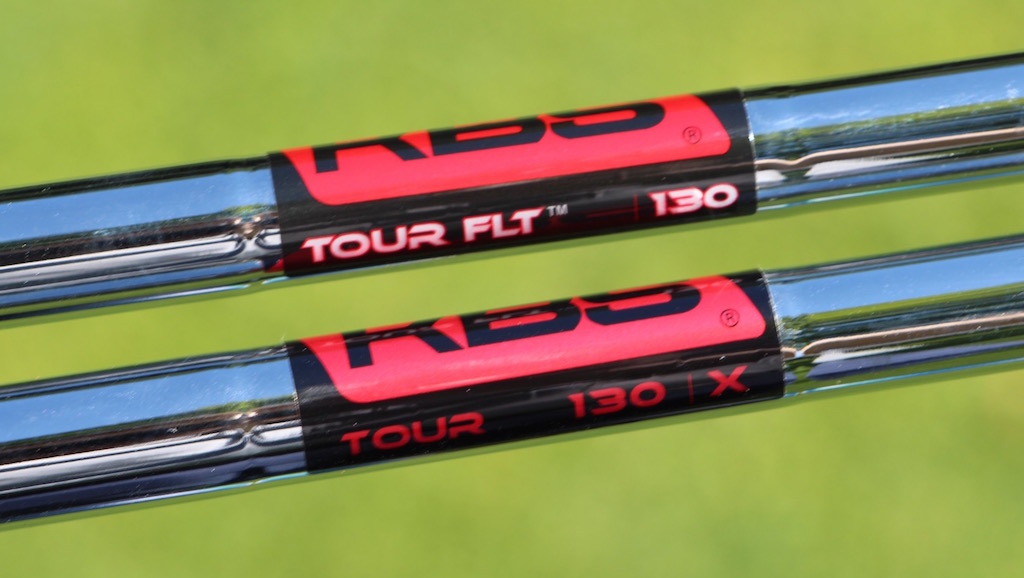
Stepping back from the numbers, I was impressed with how similar the feel was between the KBS Tour and FLT shafts. Yes, I could feel that the FLT shafts were more active in the tip with the 4 irons, but they felt nearly the same in the 6 irons. By the time I got to the pitching wedges, the two shafts were indistinguishable. The KBS Tour is considered one of the better-feeling iron shafts currently available, so KBS’ ability to replicate that feel in the FLT will be a plus for the majority of interested golfers.
Looking more broadly, trends in shaft design tends to go hand-in-hand with trends in club head design, and the FLT shafts are no exception. Equipment manufacturers continue to strengthen the lofts of their distance irons; they have to in order balance the launch equation, as their faster ball speeds create a higher launch angle and more spin.
While the improvements to iron design have allowed golfers to hit their mid and short irons farther, many golfers continue to struggle to hit their long irons high enough or consistently enough for them to be effective. And based on my testing results, it’s clear that the FLT shafts can make long irons more playable for certain golfers, and maybe even keep long irons in a golfer’s bag that might otherwise be kicked out for higher-flying hybrids or fairway woods.
As always, I recommend that golfers get properly fit for iron shafts, which means visiting a reputable club fitter in your area. So if you’re in the market for new irons or iron shafts, you can get started by going through KBS’ Online Fit System, which upon completion lists KBS-certified dealers in your area.
- LIKE100
- LEGIT12
- WOW6
- LOL6
- IDHT3
- FLOP3
- OB4
- SHANK22
-

 19th Hole2 weeks ago
19th Hole2 weeks agoJohn Daly stuns fans into silence with brutal opening tee shot on PGA Tour Champions
-

 19th Hole5 days ago
19th Hole5 days agoThings got heated at the Houston Open between Tony Finau and Alejandro Tosti. Here’s why
-

 19th Hole2 days ago
19th Hole2 days agoReport: Tiger Woods has ‘eliminated sex’ in preparation for the 2024 Masters
-

 19th Hole2 weeks ago
19th Hole2 weeks ago2-time major champ announces shock retirement from the sport at age of 33
-

 19th Hole2 weeks ago
19th Hole2 weeks agoEdoardo Molinari reveals the latest PGA Tour golfer to turn down ‘good offer’ from LIV Golf
-

 19th Hole2 weeks ago
19th Hole2 weeks agoCharlie Woods finds it tough going on American Junior Golf Association debut
-

 19th Hole3 weeks ago
19th Hole3 weeks agoScottie Scheffler had an interesting response when asked how he ‘quiets the noise’ following Players victory
-

 19th Hole3 weeks ago
19th Hole3 weeks agoJon Rahm dealt fresh blow to hopes of qualifying for 2025 Ryder Cup

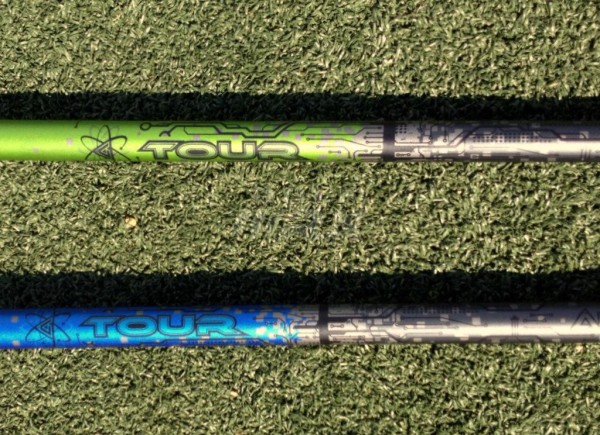
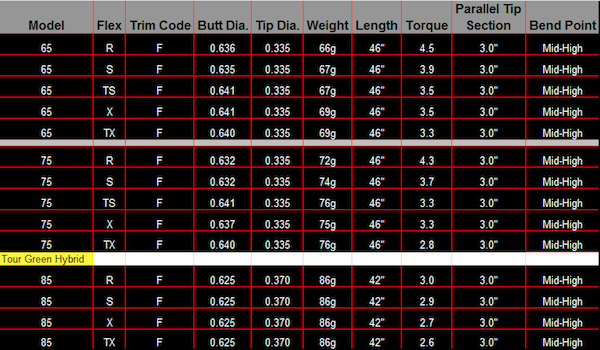
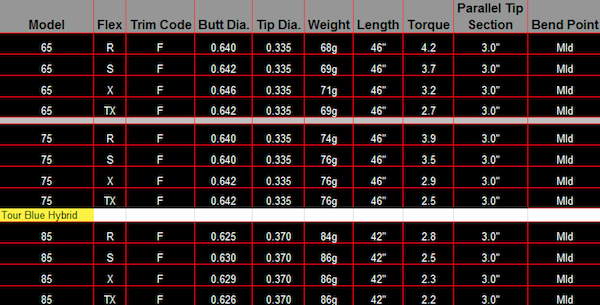
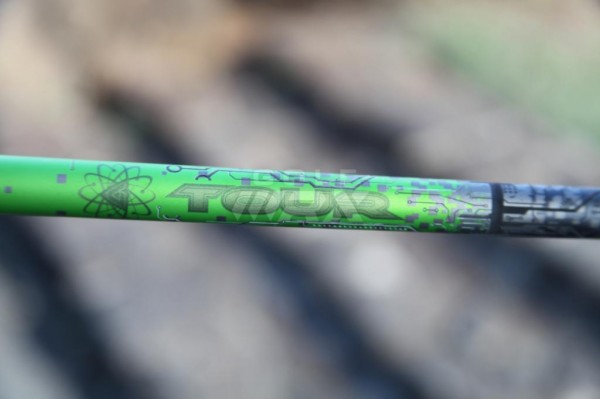
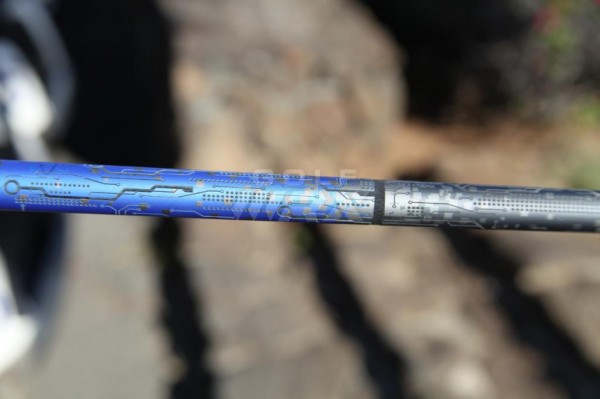
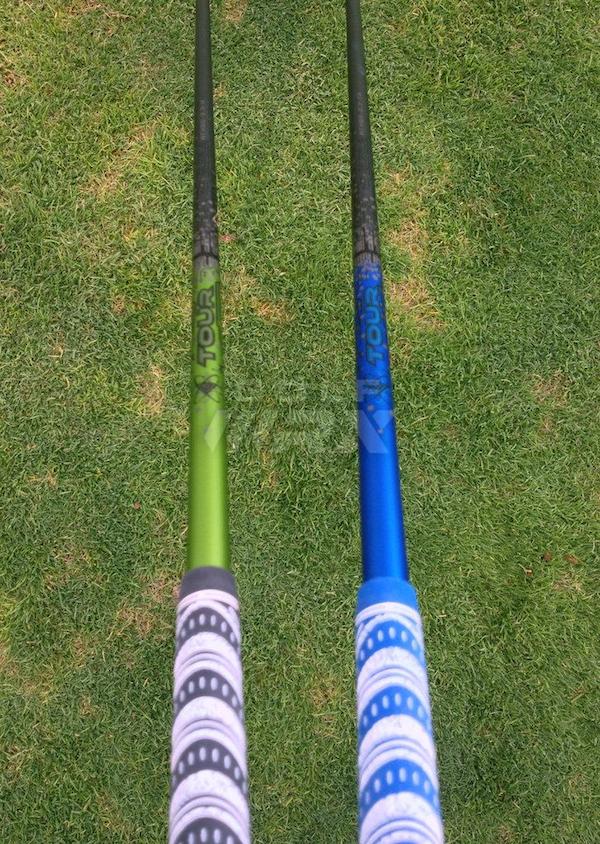
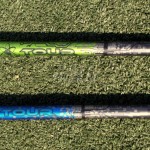
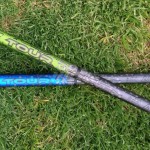








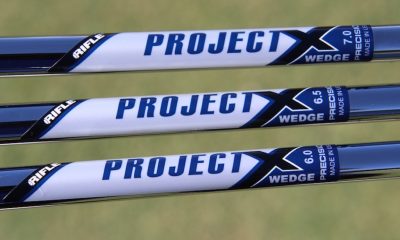

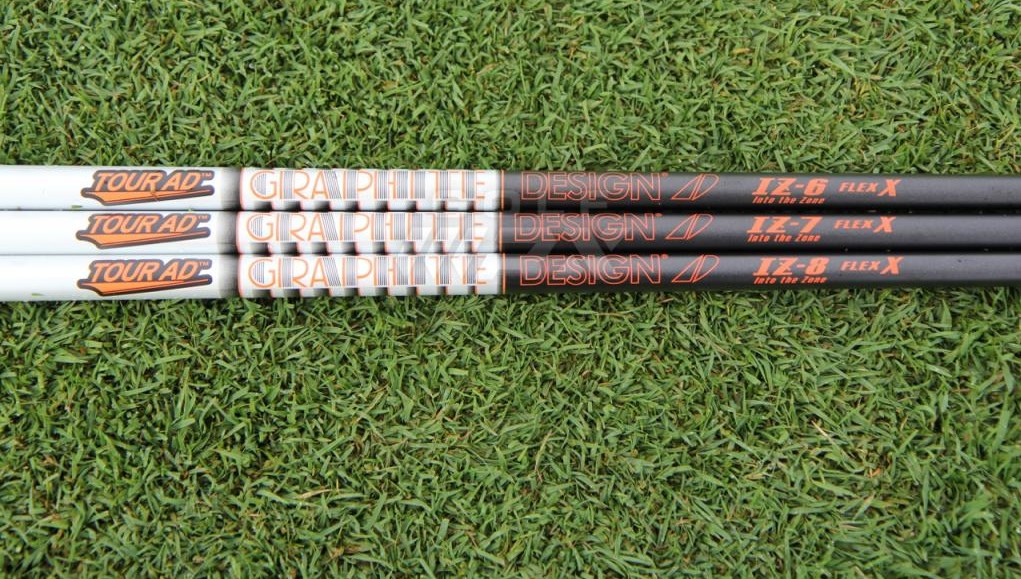
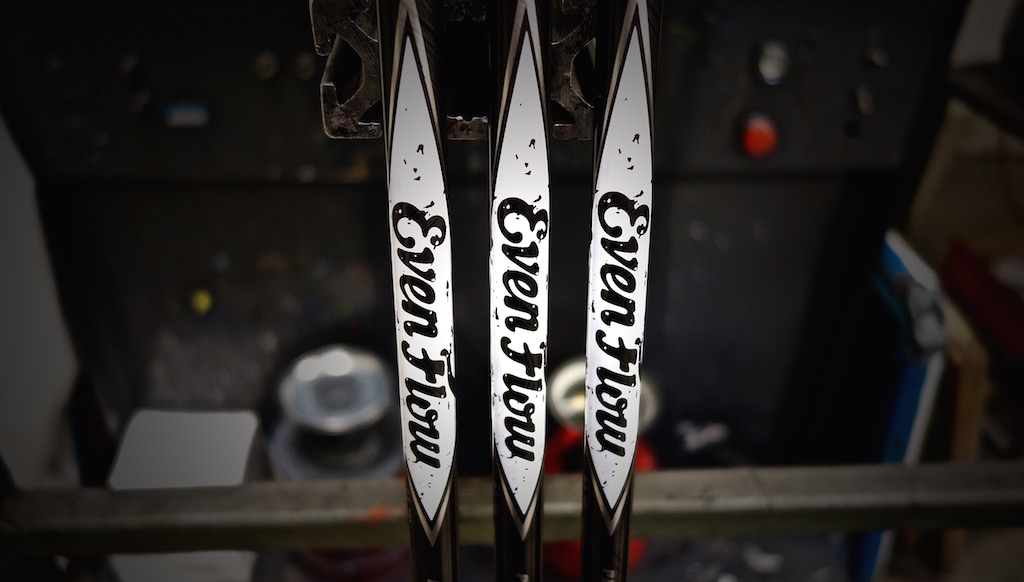
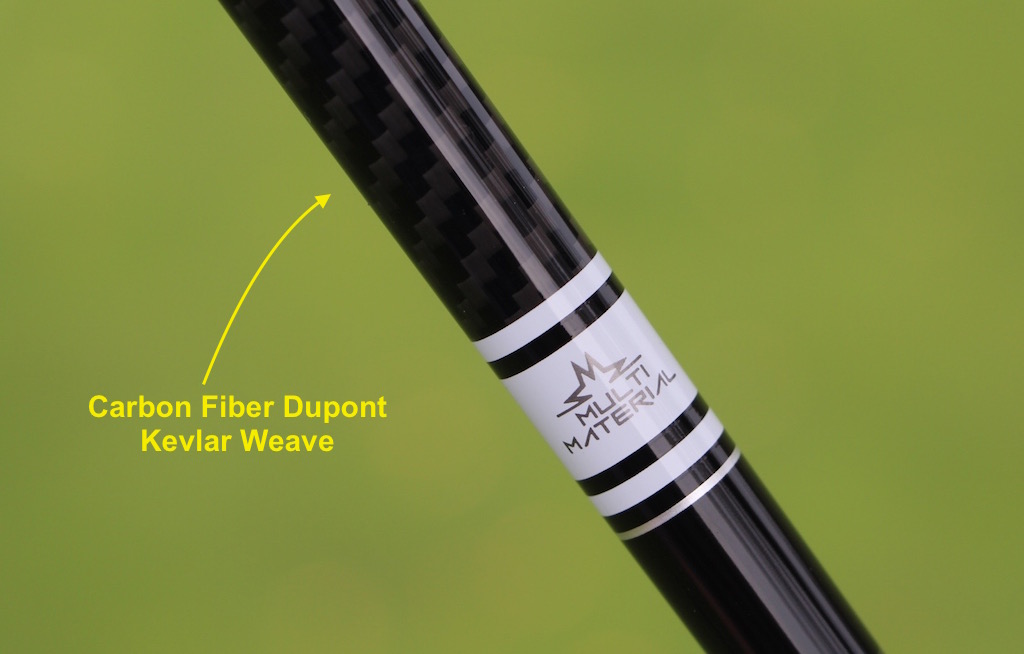
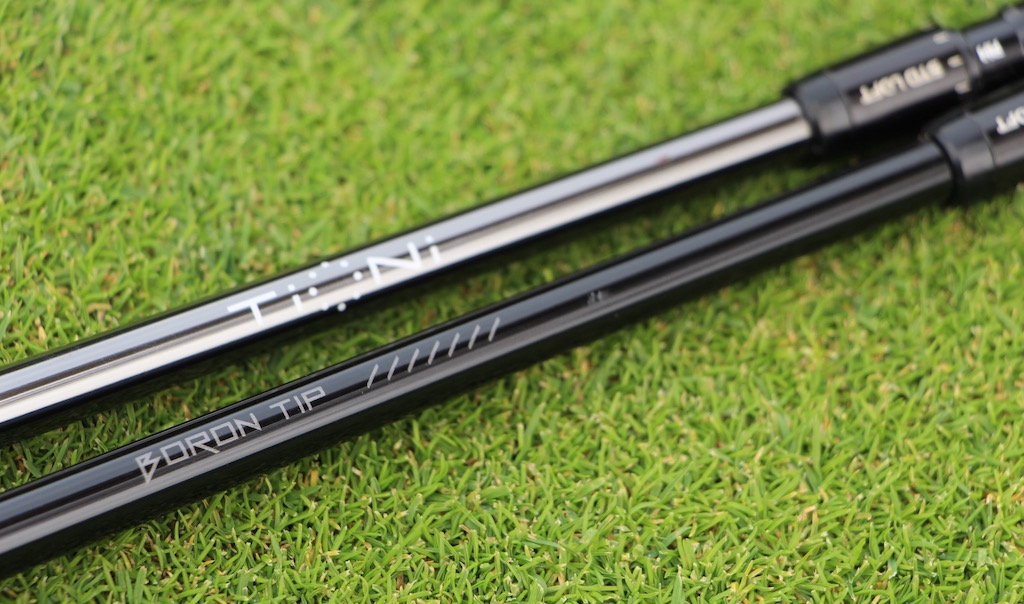
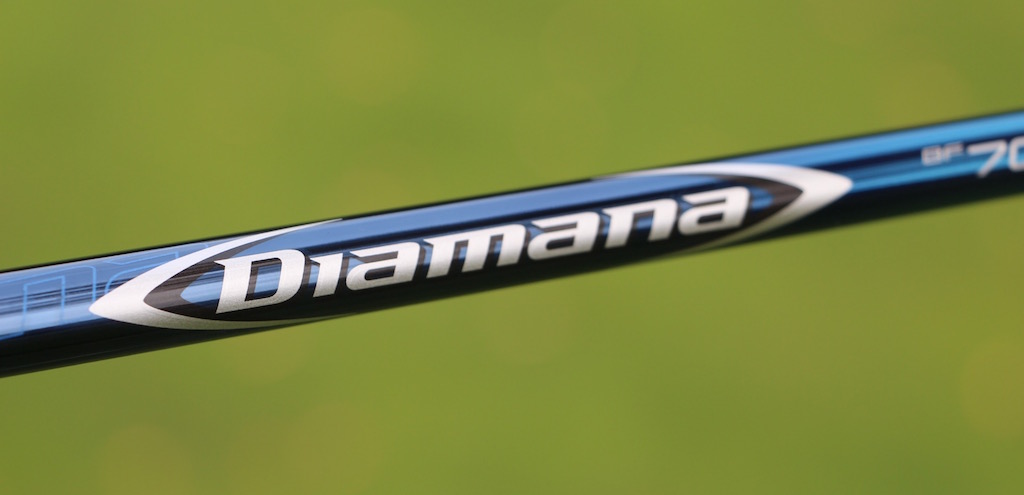
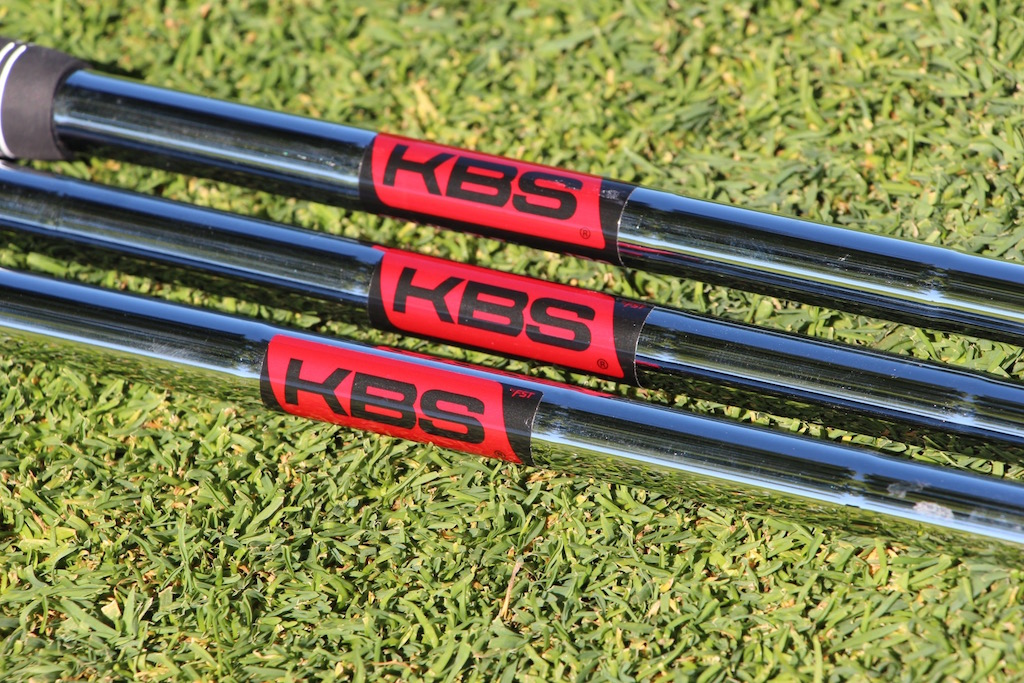

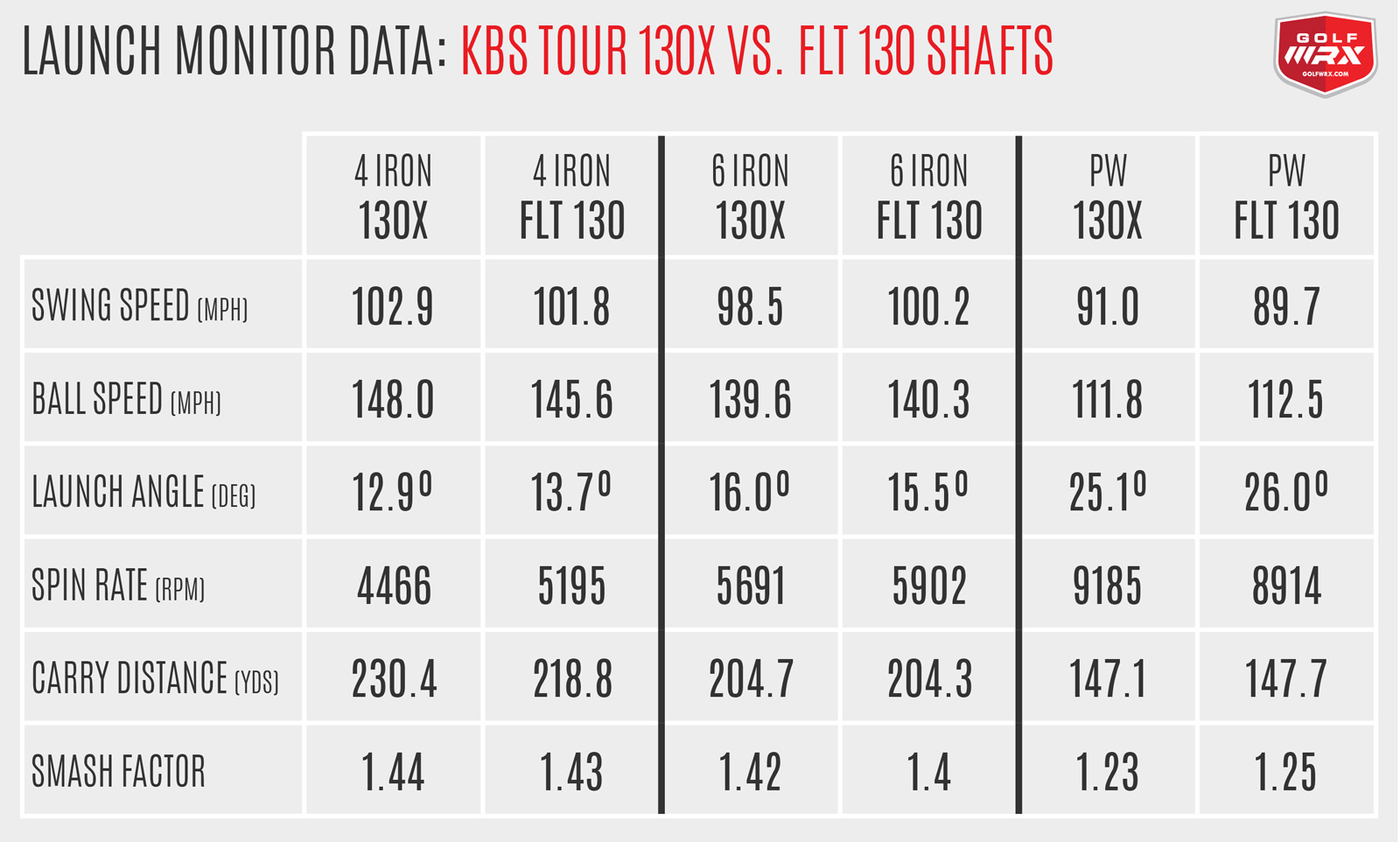








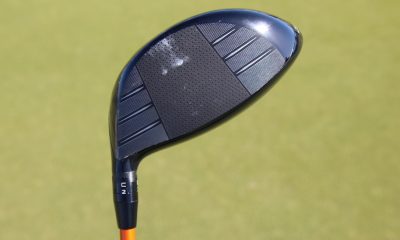







kuku
Sep 10, 2015 at 12:12 pm
It’s actually in Norton, MA not Boston.
Thus
Sep 19, 2014 at 10:24 pm
Yea im keen hiw do the stack up against the ad-bb6s?
Rick Paradis
Mar 31, 2014 at 6:59 pm
Had the opportunity to hit the 913 D2 today with the Tour Green 65 Stiff in it. It is an extremely accurate shaft. Swing speed today was between 95mph and 99mph; usually averages 107mph. A little down due to recovery from shoulder surgery. For reference as a warm up I was hitting the stock R1 (my current Driver at 10.5) and G25 (9.5) with stiffs around 278 – 292 yds. per the monitor. The 913 D2 with the Tour Green was giving me an average of 272 yds. but the dispersion “for me” was fantastic. Three of five shots were less than 9 yds., one at 14 yds., and last was off center at 22 yds. The Tour Green felt very smooth and I could feel where the head was at every moment. Can’t wait to try it in my R1. The Green will be going up against a very few others to fight for the spot in the Driver and I suspect The Blue will be doing the same for my G25 Fairway.
Pingback: Callaway Golf Aldila Green Nv
Ryan
Nov 8, 2013 at 3:58 pm
Its nice that you can only get this shaft with midsize grips or larger. I’ve always hated having size options. $349 for a re-painted NV is ridiculous.
Joe Golfer
Aug 14, 2014 at 7:10 pm
@Ryan: I hear you about that .640 shaft butt diameter, but one can purchase grips with a .620 inner diameter. Those grip have slightly thinner material so that the final result comes out properly.
Yes, that grip will still be very slightly oversized, but just barely, and so little that most folks won’t even notice.
A grip size is not determined solely by the inner diameter.
As for the comment on price, I tend to agree with you. The NV is a superb shaft. This new shaft may actually have several aspects that do make it a superior shaft, but $349 is a lot to pay for a shaft.
Hey, remember the days when you could buy the same top of the line premium shaft that the pros played, like the Grafalloy ProLite 35 or the UST ProForce, for just $35 ? Those were the days 🙂
Hard to believe that shafts need to cost ten times more nowadays.
jon
Oct 26, 2013 at 9:54 pm
There def is a difference between the shafts in the hands….I saw a 3 degrees difference
chris
Oct 25, 2013 at 12:18 pm
When are they going to be available from Aldila?? I looked on Golfworks.com and they don’t even have them up yet.
I would love to try out the green!
Pete
Oct 24, 2013 at 7:50 pm
Thanks for the info! I had been wondering about the Tour green since seeing them offered in the 913 driver.